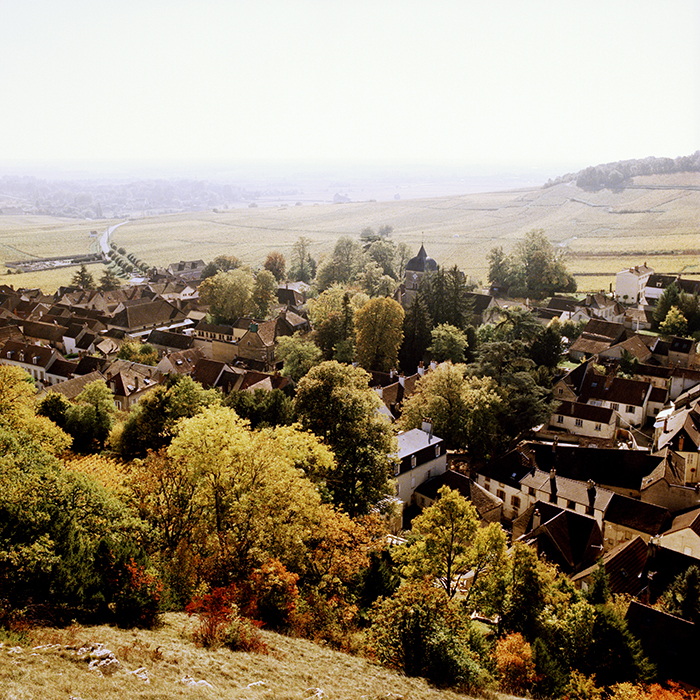Burgundy 2018: an apprentice at large
Author: Andy Harris

It often sounds like an envious job, a tasting trip. In many ways, it is; but it’s also gruelling work. In my mere three days, I visited 15 producers and sampled 300 wines in the Côte de Beaune. Our Buyer Adam Bruntlett won’t return for another four weeks. Tasting begins at 8.30am each day and carries on unabated, save for an hour’s respite at lunchtime, till around 6.30pm. By the end of the first day, I felt like I needed to shave my tongue – and we “only” sampled 76 wines that day.
It was fascinating to see how Adam worked; there’s clearly an art to buying wine – especially in Burgundy, arguably the world’s most intricate wine region. Dissecting huge volumes of information, asking the right questions and finding the point of difference in four or five Meursaults in the eighth hour of tasting is seriously hard work – and I say this as someone who tastes a lot of wine for a living. This vast array of detail has to be distilled before assessing which wines will make up a balanced portfolio. Until you’re there, it’s hard to grasp quite how difficult this is.
It was also the passion and incredible knowledge of the winemakers that stood out. During my sojourn I met a fantastic array of personalities (and varied attire). But the thing that bonds them is their remarkable understanding of the land they work with. If you know something about the wines of the region, you know that there is a mind-boggling array of climats and lieux-dits. Yet I simply was not prepared for just how complicated it is.
For instance, in any one plot, for almost all of the wines you care to mention, the growers will know the gentle undulations within a slope, the precise makeup of the soil; how in the space of five metres the clay or limestone will change, impacting the grapes in numerous, subtle ways. When you are making, in some cases, 50 or more cuvées, this level of cognizance really is incredible. In the winery, this familiarity, with even a particular vine, will be applied to getting the very best out of what nature has provided. The wineries and the cellars may change, but – whether water is seeping through the wall of a musty and mould-covered ceiling, or it’s an immaculate modern space – the precision is the same.
Having visited the region, it is now perfectly clear why Burgundy’s classification system is based on vineyards, on the quality of terroir, which is supremely complex. To be involved in this region at all you must have immense passion and an encyclopaedic knowledge, often built up and passed on over generations. My trip has changed my perceptions of Burgundy, but not in the way I thought it would. Despite currently beavering away on my fourth Burgundy campaign, it is clear I am very much still a novice. There is so much more to learn about this remarkable and beguiling region: what better way to start than over a bottle or two over the weekend. Salut!
Burgundy 2018 will be offered en primeur in January 2020. Follow all our coverage of the vintage here.


